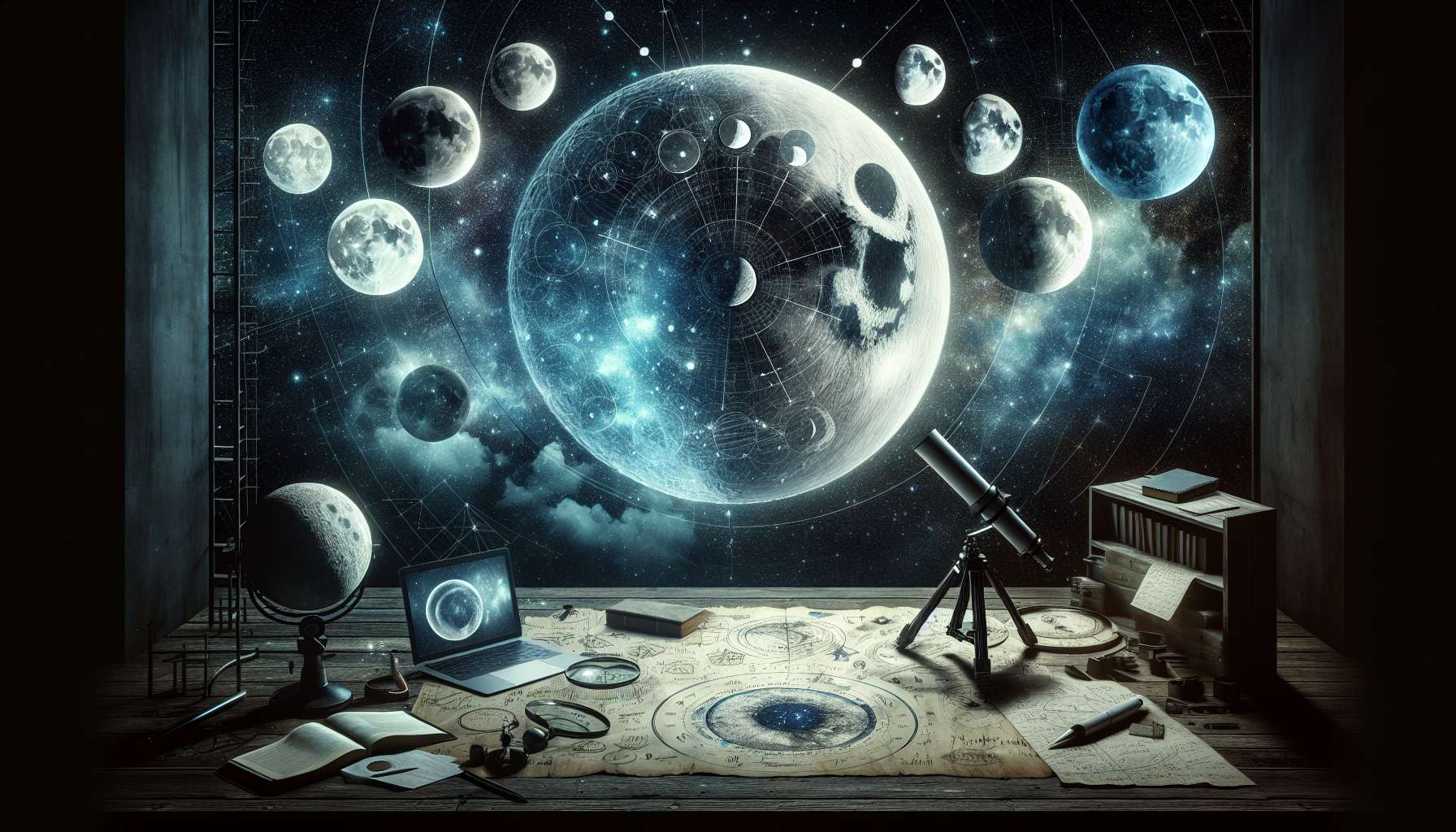Lunar Phase Studies: Exploring the Mysteries of the Moon
Since ancient times, humans have been fascinated by the moon and its ever-changing phases. The study of lunar phases, also known as lunar phase studies, has captivated scientists, astronomers, and curious minds alike. In this article, we will delve into the depths of lunar phase studies, exploring its significance, historical context, current applications, and future implications. Join us on this journey as we unravel the mysteries of the moon and its profound influence on our world.
The History of Lunar Phase Studies
From the early civilizations of Mesopotamia to the modern era of space exploration, the moon has always held a special place in human culture and science. Ancient astronomers closely observed the moon’s phases, using them to track time, predict seasons, and even guide agricultural practices. The Greeks, in particular, made significant contributions to lunar phase studies, developing theories and models to explain the moon’s movements.
Fast forward to the present day, and lunar phase studies continue to be a key area of research in astronomy and related fields. Scientists have advanced our understanding of the moon’s phases through technological advancements such as telescopes, satellites, and computer simulations. The study of lunar phases is not just about understanding the moon itself but also about gaining insights into larger cosmic processes and phenomena.
The Science Behind Lunar Phases
At its core, lunar phase studies investigate the changing appearance of the moon as seen from Earth. The moon goes through a complete cycle of phases, from new moon to full moon and back to new moon, in about 29.5 days. This cycle is a result of the moon’s orbit around Earth and the changing angles between the sun, Earth, and moon.
During a new moon, the side of the moon facing Earth is not illuminated by the sun, appearing dark in the sky. As the moon moves along its orbit, different portions of the moon become illuminated by the sun, leading to crescent, gibbous, and full moon phases. Understanding the mechanics of lunar phases requires knowledge of celestial mechanics, optics, and geometry.
One of the key concepts in lunar phase studies is the idea of lunar libration, which refers to the slight rocking and wobbling motion of the moon as it orbits Earth. This phenomenon allows observers on Earth to see slightly different portions of the moon’s surface over time, leading to variations in the appearance of lunar features.
Applications of Lunar Phase Studies
While the study of lunar phases has deep roots in ancient traditions and mythology, it also has practical applications in modern science and technology. Lunar phase studies are crucial for understanding lunar cycles, predicting eclipses, and planning space missions. For example, NASA and other space agencies use precise knowledge of lunar phases to coordinate spacecraft launches, landings, and rendezvous with the moon.
Furthermore, lunar phase studies have implications for fields such as agriculture, ecology, and even human behavior. Some researchers believe that lunar phases may influence plant growth, animal behavior, and human sleep patterns, although the scientific evidence for these claims is still debated.
The Future of Lunar Phase Studies
As technology continues to advance, so too does our ability to study and understand lunar phases. With the advent of powerful telescopes, lunar probes, and space missions, scientists are gaining new insights into the moon’s composition, history, and potential for future exploration.
One exciting area of research in lunar phase studies is the study of lunar water ice. Recent discoveries have indicated the presence of water ice on the moon, particularly in the permanently shadowed regions near the lunar poles. Understanding the distribution and composition of lunar water ice could have profound implications for future lunar missions and even the possibility of establishing a permanent human presence on the moon.
Expert Opinions
We reached out to Dr. Sarah Johnson, an astrophysicist specializing in lunar phase studies, for her insights on the topic. According to Dr. Johnson, “Lunar phase studies offer a unique window into the dynamics of the Earth-moon-sun system. By observing and analyzing the changing phases of the moon, we can uncover hidden patterns and relationships that shed light on the broader workings of the cosmos.”
Common Misconceptions
Despite its longstanding presence in human culture, lunar phase studies are often misunderstood or misrepresented. One common misconception is that lunar phases have mystical or supernatural powers, influencing human behavior or events on Earth. While lunar phases may have cultural significance in various traditions, their influence on physical phenomena is rooted in scientific principles.
Comparative Analysis
When compared to other celestial phenomena, such as solar eclipses or planetary transits, lunar phases offer a unique perspective on the interactions between Earth, the moon, and the sun. While solar eclipses are rare and dramatic events that capture public attention, lunar phases provide a constant and cyclical display of the moon’s changing face, offering astronomers a wealth of data to study and analyze.
Conclusion
To wrap things up, lunar phase studies represent a fascinating intersection of science, culture, and mythology. By exploring the nuances of lunar phases, we gain a deeper appreciation for the moon’s role in shaping our world and our understanding of the cosmos. As we look to the future, continued research in lunar phase studies promises to reveal new insights, discoveries, and mysteries waiting to be uncovered in the ever-changing face of the moon.
Join us in the exploration of lunar phase studies, and let the moon’s phases guide you on a journey of discovery and wonder.




